An important replica plane flies again!
Regular readers of the AnArt4Life blog will know that we embrace many different art forms. I would venture to suggest that restoration is an art form in itself. In the mainstream art world this includes works such as paintings, sculptures, embroidery, costumes, furniture and tapestries.
But I think it can also be said to include mechanical items such as clocks, watches, vintage cars, trains…… and planes!
Today we celebrate the restoration of replica of a very important plane in American and Australian history – the Southern Cross. The original plane, a Fokker F. VIIb/3m, was the first plane to make the trans-Pacific journey from California, USA to Brisbane, Australia. It was flown by Charles Kingsford Smith and Charles Ulm plus two American crew members and landed in Brisbane at 10.50am on the 9th of June 1928.
This plane has been preserved and is on display at the Brisbane Airport to this day.

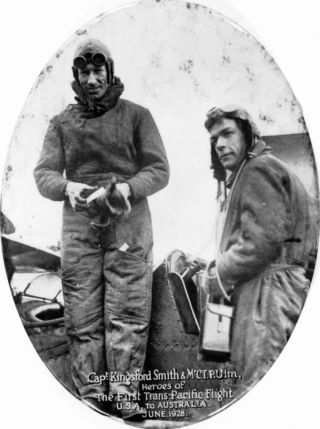
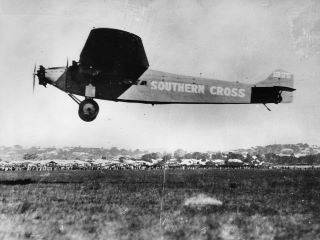
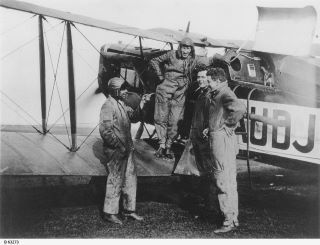
Charles Kingsford Smith (known as “Smithy”) is a very important figure in Australian aviation as he did more to pioneer long haul aviation than almost any other pilot. Born in 1897, he was a decorated World War 1 pilot and made many record breaking flights. In October 1933 Kingsford Smith completed a solo flight from England to Australia in seven days and five hours.
Sadly, in late 1935, Kingsford Smith took off on the second leg of another flight from England to Australia with John 'JT' Pethybridge. The plane and pilots were never seen again, believed to have crashed into the sea at night somewhere off the coast of Burma.
He earned many honours over his career. He was knighted in 1932 for his services to aviation. He was featured on the Australian $20 banknote from 1966 until 1994. The Sydney International Airport is named after him, and the Brisbane airport is home to the Kingsford Smith Memorial.1 You can read more about Charles Kingsford Smith if you wish to click here.
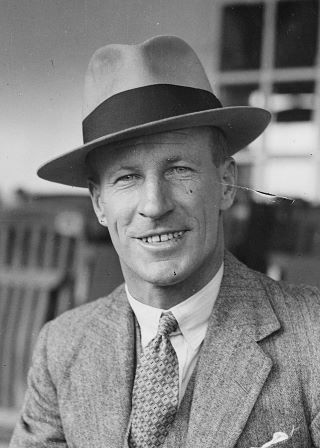
As a tribute to Charles Kingsford Smith, it was decided to build a true to form replica of “The Southern Cross”. It was built in South Australia from 1980 to 1987 to modern standards, but using the traditional aircraft construction of steel tubing and timber with doped Irish Linen for the fuselage and an all wooden (spruce and plywood) wing. She was the largest “exact replica” aircraft in the world, with the largest one piece wing ever made here in Australia.2
It was used for school education and the promotion of aviation history. It toured Australia during the 1988 Bicentenary raising money for the Royal Flying Doctor Service.2
But on the 25th May 2002 at Parafield South Australia she lost a main wheel on takeoff. Landing on the one good wheel and the tail, the pilot kept the damaged wheel off the ground by keeping its wing high in the air. When the aircraft stopped the high wing came down and snapped off approximately 3 metres of the wing tip.2
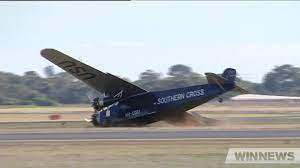
It was left in an unrepaired state for the next 8 years. Then, in 2010, after considerable negotiation, the Historical Aircraft Restoration Society, known as “HARS,” in Albion Park, New South Wales, acquired the aircraft from the South Australian Government. A team of 13 specialists have been working on it for the last 12 years to bring it back to airworthy status, meeting modern day aviation requirements but still using the original materials and instruments of the 1920s.
The following article and imbedded video from the ABC tells the story of the 12 year restoration project.
And then, at last, on the 7th of December 2023, it was time for it’s first flight in over 21 years…….
If you are a plane tragic (like me!), you might like to watch it in this 6.32 minute video.
Footnotes
-
With thanks to Britannica.com
-
With thanks to The Australian Historical Aircraft Restoration Society Inc. (HARS).
HARS have restored many aircraft and engines to both static and airworthy status. You can read more about this dedicated team of volunteers at www.hars.org.au. I became aware of HARS through our dear friend and blog contributor, the late John Pickup, OAM. He would have loved this!

